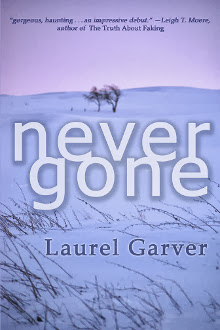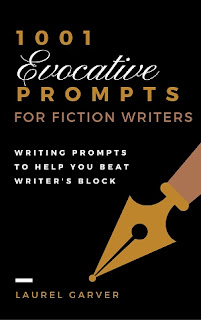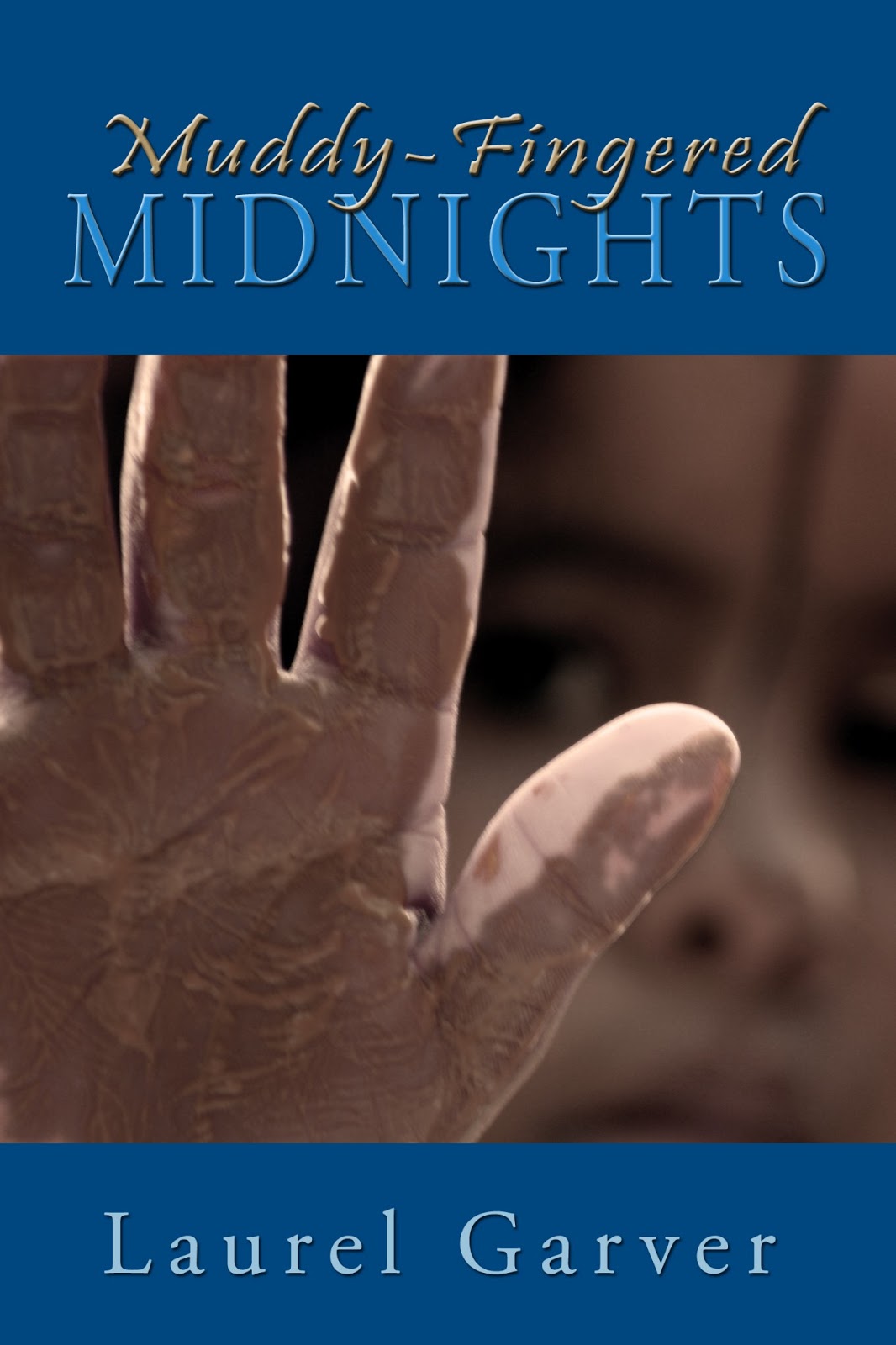 With guest Rebekah A. Morris
With guest Rebekah A. Morris1. Tell us a little about the stories collected in Christmas Delays.
These are all set during the years of World War Two.
The first one, “Christmas Delays,” was one of the earliest Christmas stories that I wrote, and for that reason it’s extra special.
“Peter’s Christmas” was inspired by a classical song on the radio. I have no idea what the song was, who wrote it or anything. I just know that when I heard it, I heard someone calling Peter. Over and over they called, and so I had to write a story and find out why they were calling him.
“I’ll be Home for Christmas” makes me cry every time I read it. I don’t think there was anything special about it, but it’s one that I really like.
2. What do you enjoy most about the short story form?
They don’t take as long to finish. :) I can usually have one written in a few days and then can move on to another one.
3. What is most challenging about writing short stories?
Keeping it short but still having a full story. Some of my Christmas stories may not seem to have a big plot, but that’s real life. At least it is for me. My life isn’t a constant up and down of excitement. Sometimes the stories are really short and even when I try to expand them, they won’t get any longer. Others are hard to keep short.
4. Christmas Delays is one of eight books you are releasing this holiday season. What led to the decision to release so many products at once?
I love Christmas stories! After I wrote my very first Christmas story, I kept writing. Now I write at least one new story every Christmas time. With so many Christmas stories waiting to be read, I thought doing a Christmas Collection with many small books would be fun instead of just one book with multiple stories in it. That way I could keep adding to the collection each year.
5. What special planning and challenges have you faced with multiple releases?
Keeping them all straight was the biggest challenge! I’ll admit that I did upload the cover and interior of one book to the wrong title. And I didn’t notice the typo on one cover until after I had my proof copy. It was rather crazy trying to get them all ready at the same time and make sure which story I was working on.
6. How do you manage production for multiple books? What organization techniques have proven most helpful?
I did do a lot of assembly line. And since the interiors all match, except for the story, once I had it formatted for one story, it wasn’t too hard to do the next. But writing down each book and what needed to happen with it was probably the most helpful. That way I wasn’t constantly checking to see if I had included the Christmas Collection logo in the back of the book, or done the title in the same fonts. But I had to make sure I knew which book I was working on!
7. What tips do you have for authors seeking to create holiday books?
Have fun! :) Pour your love of the holidays into your story, and then be willing to share it with the world. Your story doesn’t have to be exciting or a page turner. You want a story with warmth. Think about what you love, what you enjoy most about Christmas and include some of that into your story. Christmas stories don’t have to be long, but they can be. Most of all, remember the real reason we celebrate Christmas.
Thank you for having me.
Q4U: What theme might you enjoy writing a cluster of stories around?
 About the Author
About the Author
Rebekah A. Morris is a homeschool graduate, an enthusiastic freelance author and a passionate writing teacher. Her books include, among others, Home Fires of the Great War, The Unexpected Request, Gift from the Storm, and her bestselling Triple Creek Ranch series. Some of her favorite pastimes, when she isn’t writing, include reading and coming up with dramatic and original things to do. The Show-Me State is where she calls home.
Learn more about Rebekah and her books at www.readanotherpage.com.
About the book
 Christmas Delays and Other Short Stories
Christmas Delays and Other Short StoriesThree Christmas Stories from World War II
Christmas Delays
A doctor, called up for duty in the army, spends one more Christmas with his wife in an unexpected way after God's Christmas delays strand them in a small house with another family.
Peter's Christmas
Very mild weather might not feel like Christmas, but young, orphaned Peter and his older sister find the peace and love of the season with the Hampton family in spite of the sadness of war.
I'll Be Home for Christmas
Grandpa recounts the memories of his first Christmas away from home during WWII.
Available at Amazon.com
The full collection:
Tour Schedule
November 13
Bookish
Orchestrations – Introductory Post
Read Another
Page – Book Spotlight from the author
Kaylee's
Kind of Writes – Book Spotlight
Resting Life
– Review and Excerpt
Perry Elisabeth
– Excerpt
Rachel Rossano's
Words – Book Spotlight and Excerpt
November 14
Read Another
Page – Book Spotlight from the author
Odelia's Blog
– Author Interview and Book spotlight
Bryce’s
Creative Writing Corner – Author Interview, Review, and Excerpt
Counting
Your Blessings One by One – Review and Excerpt
Perpetual Indie
Perspective – Book Spotlight
November 15
Read Another
Page – Book Spotlight from the author
Whimsical
Writings for His Glory – Author, Review, and Excerpt
Maidens for
Modesty – Author Interview and Review
The Destiny of One
– Book Spotlight
Rebekah
Ashleigh – Book Spotlight
Once
Upon an Ordinary – Review
Stephany's
BLOG Snippets – Book Spotlight and Excerpt
November 16
Read Another
Page – Book Spotlight from the author
Laurel's Leaves
– Author Interview
Stories by
Firefly – Review
Claire
Banschbach – Author Interview
Kelsey's
Notebook – Review and Excerpt
Jaye L. Knight
– Book Spotlight and Excerpt
November 17
Read Another
Page – Book Spotlight from the author
Ruffles and Grace
– Book Spotlight
With a
Joyful Noise – Book Spotlight
Ordinary
Girl Extraordinary Father – Review
Bookish
Orchestrations – Closing Post




































